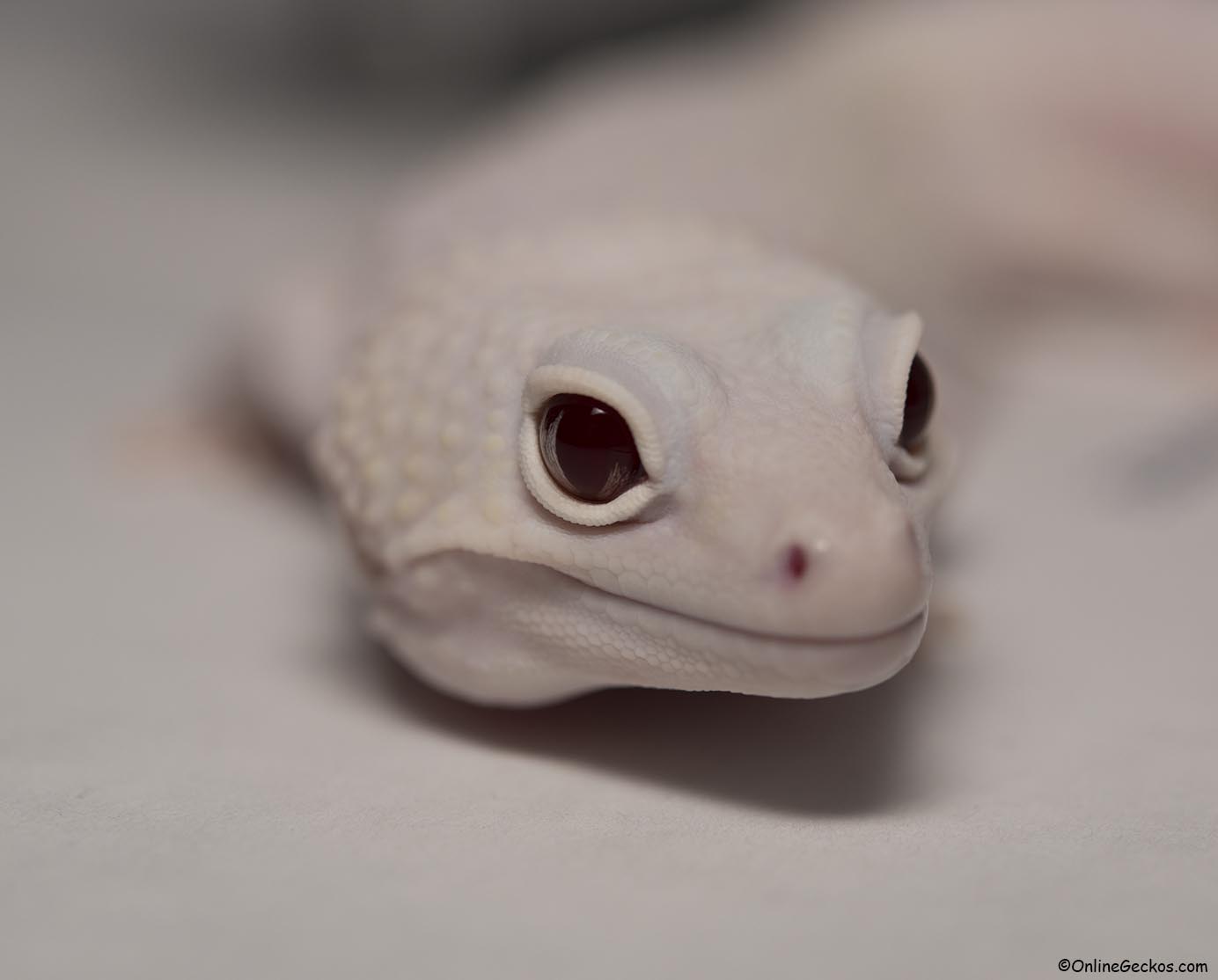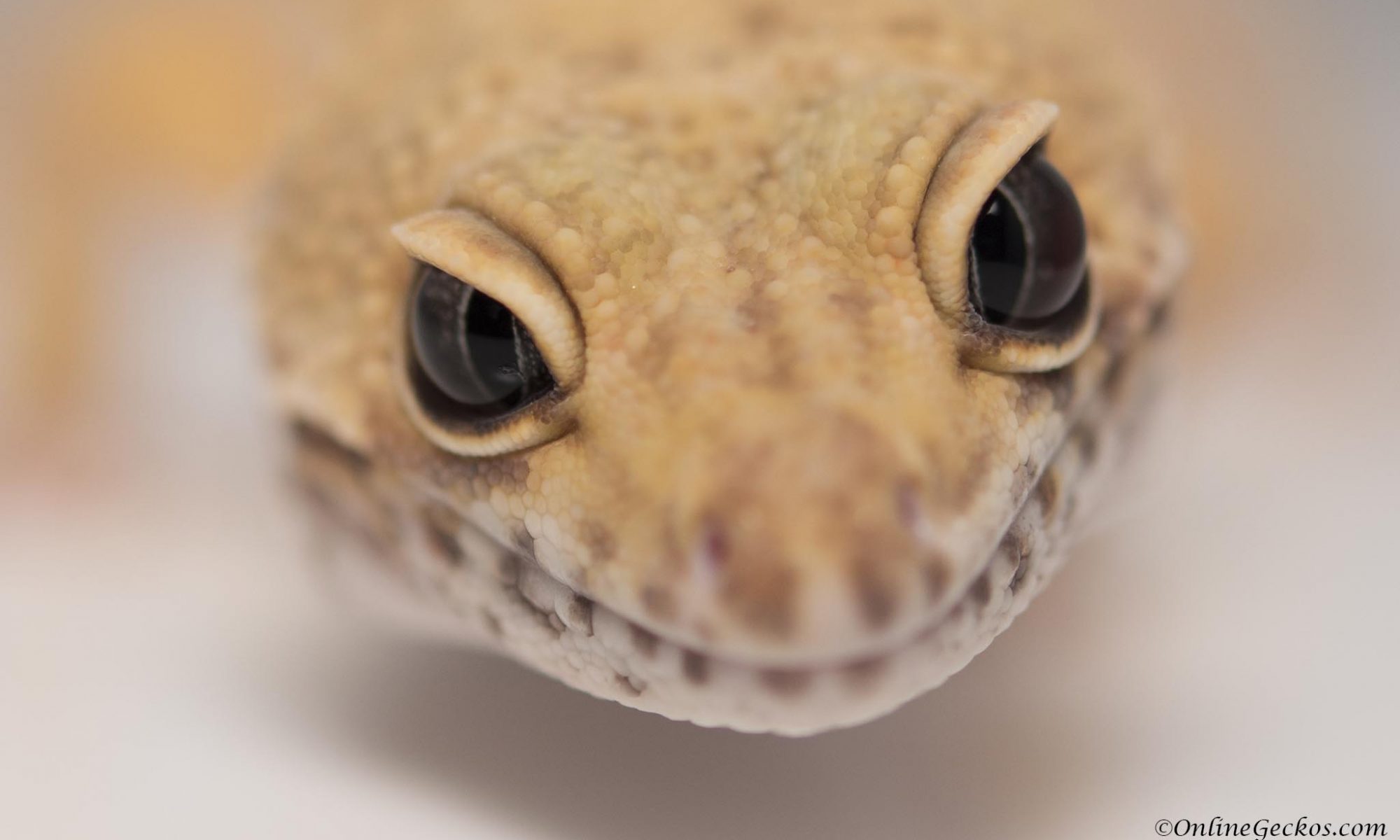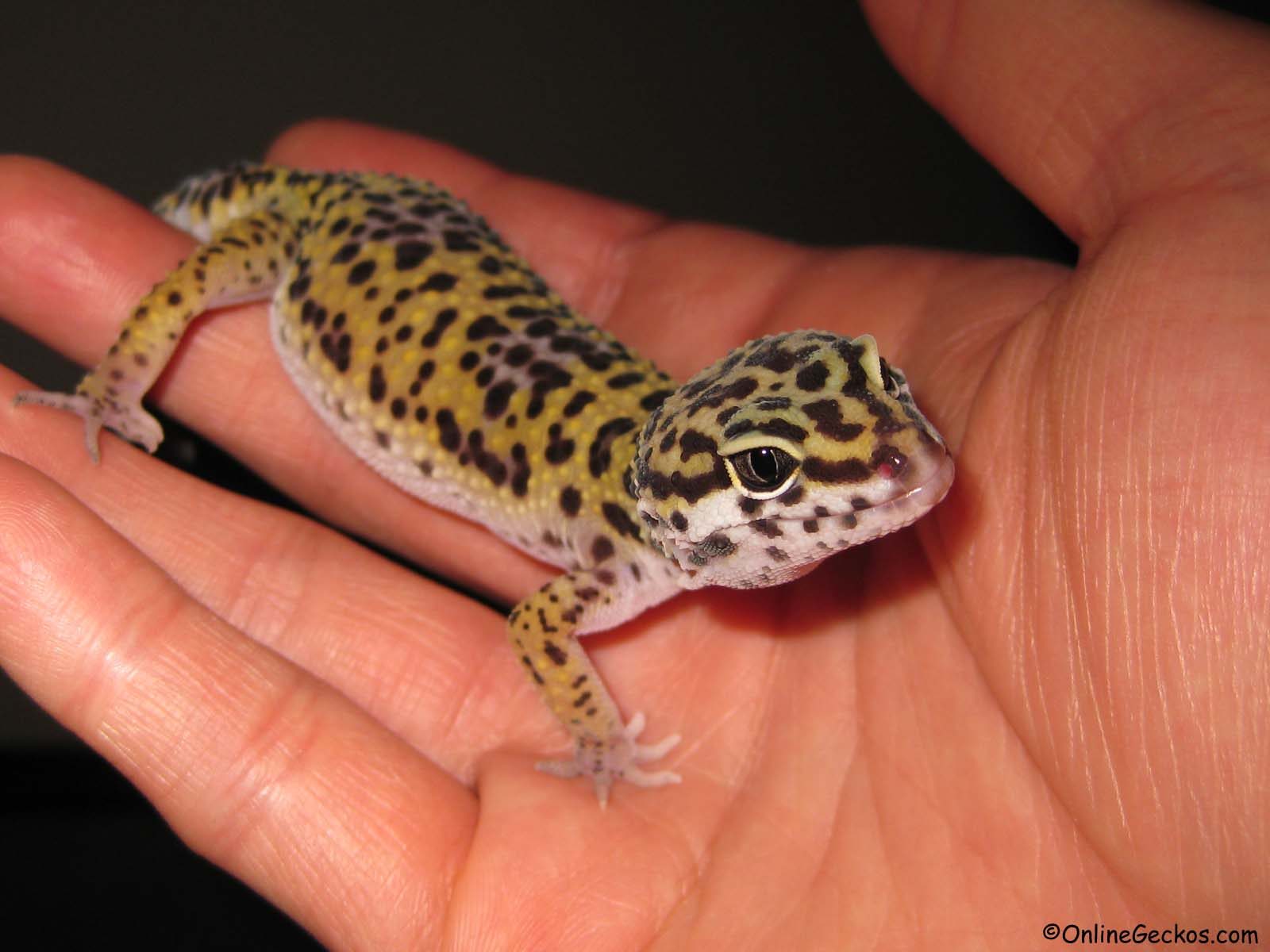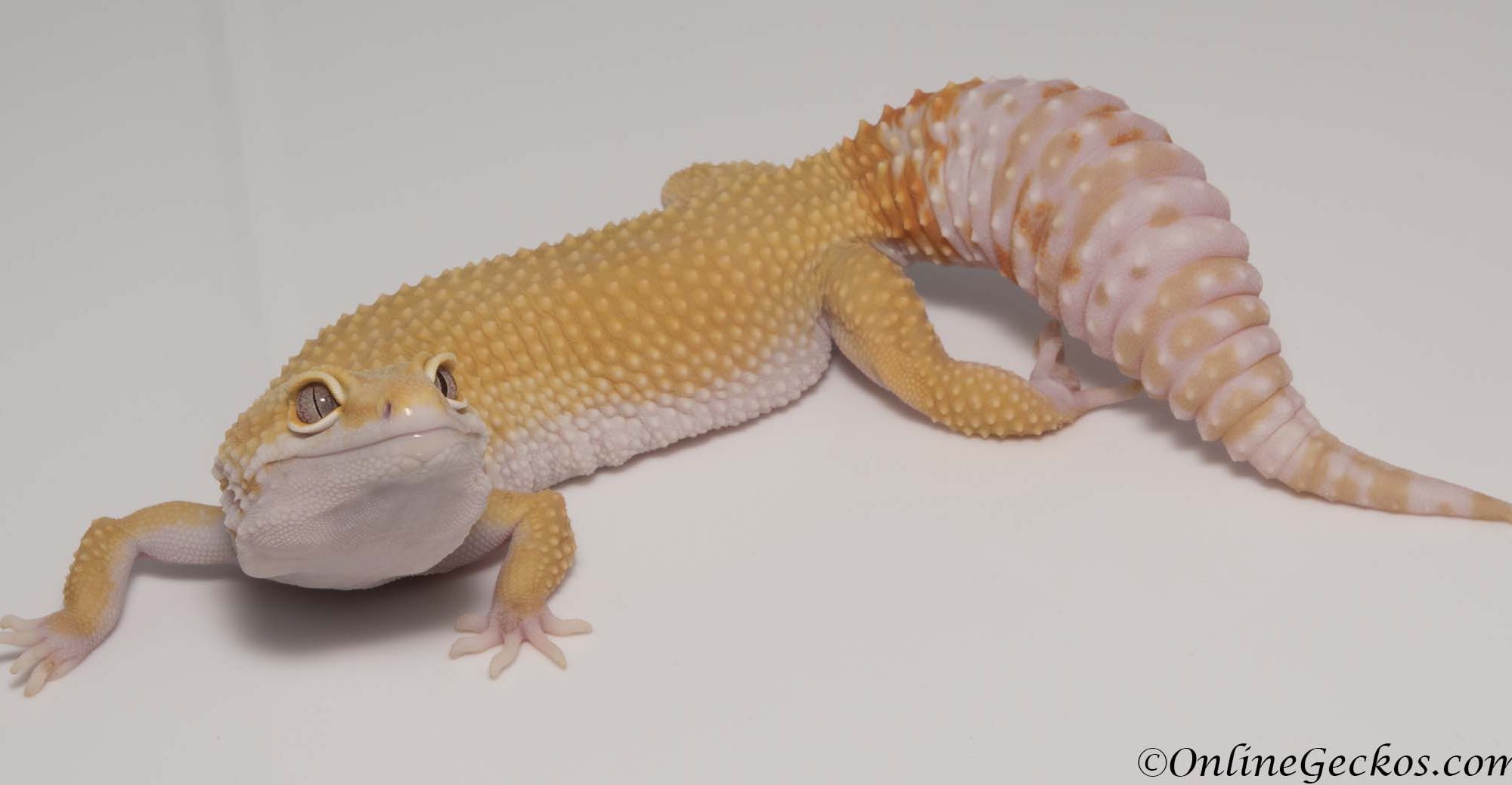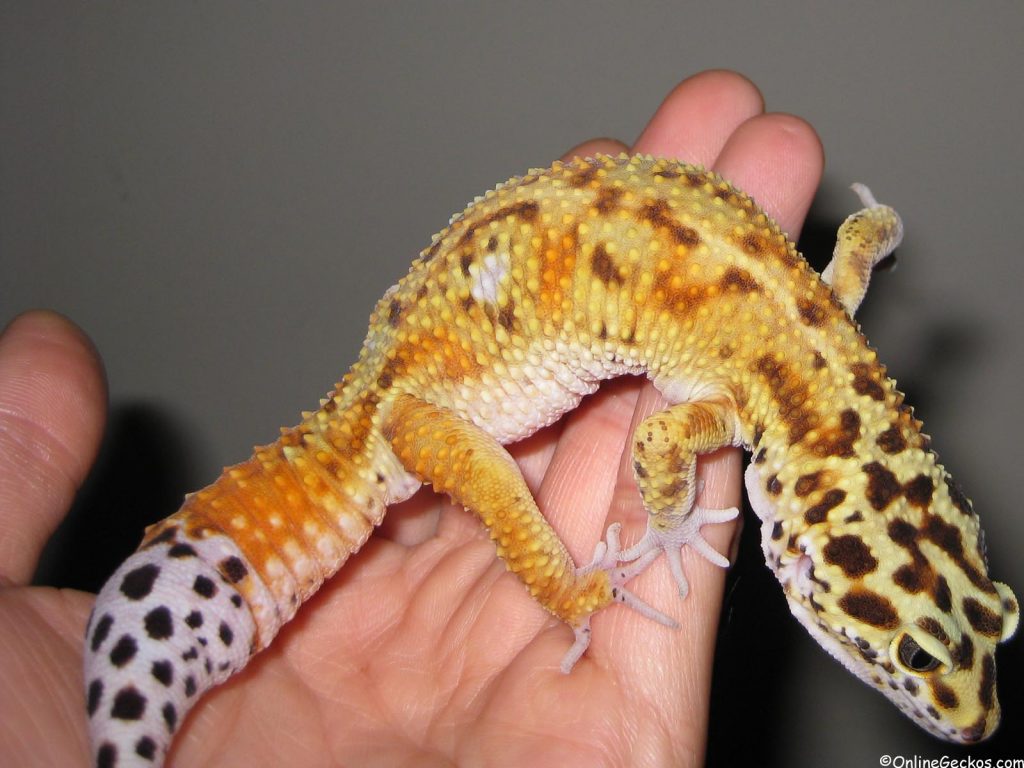Do leopard geckos bite? We see this question pop up every now and then. It is a fair & valid question. Perhaps you are a concerned guardian looking for information on leopard geckos before purchasing one. Or maybe you are wanting to get into reptiles but you don’t like reptiles that bite. Some people even have fear of reptiles, called herpetophobia. It is a rather common animal phobia. Herpetophobia is a condition that can be managed and cured with proper clinical treatment.
Do leopard geckos bite? The answer
Yes, leopard geckos can bite. But it’s not common for leopard geckos to bite. When scared or threatened, leopard geckos most often choose to flee rather than fight. When leopard geckos do bite, sometimes there are reasons for it. We’ll go through some of the reasons below so you can be informed and perhaps avoid getting bit in the future.
